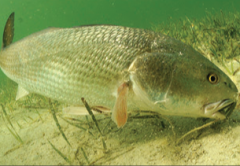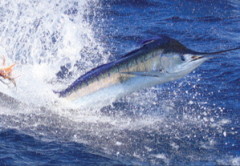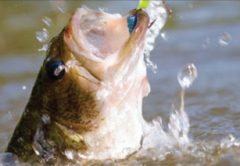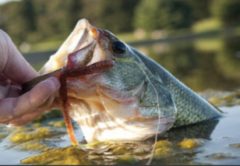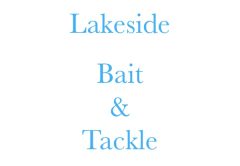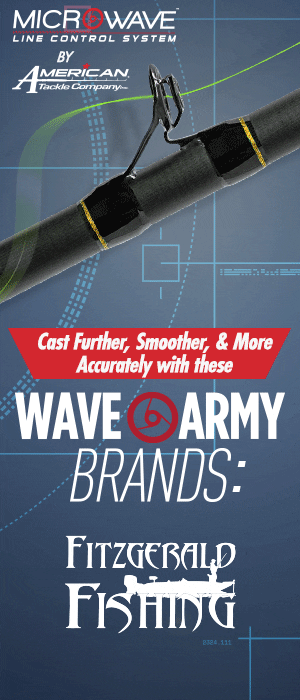January on the IRL is a transitional period influenced greatly by changing water temperatures resulting from shorter days and passing cold fronts. The number of fishable days is governed by the strength and duration of passing cold fronts which pass at intervals of 5 to 7 days.
Resident redfish, black drum and sea trout will remain in the skinny water as long as the water temperatures stay in the 70-degree range. On windy days fish protected shorelines and sunny spots where the water is warmer and look for fish to be holding in sand pockets (potholes) until the sun gets overhead. Water levels in the fall begin to drop and clear up making winter one of the best times to sight fish the shallow flats, but when venturing into the skinny water, respect the limits of your boat. During this transition, both redfish and sea trout switch from feeding on finfish to crab, shrimp and other forge, so watch for tailing fish rooting in the shallow grass flats and select tactics and lures accordingly. When targeting these tailing fish, try fishing with a 3-inch DOA Shrimp or a small soft plastic jerk bait as they typically feed on very small baits in the winter. Remember, with low water condition, be extremely careful when operating you boat in skinny water to prevent damage to your vessel and the sea grass and save the wear and tear on your boat by hiring a guide who knows the water and fish habits. Lastly, January is the prime month to target American shad during their spawning run on the St. Johns River. The shad run is as close we Floridians get to stream fishing, and it’s great fun on light tackle and fly.




